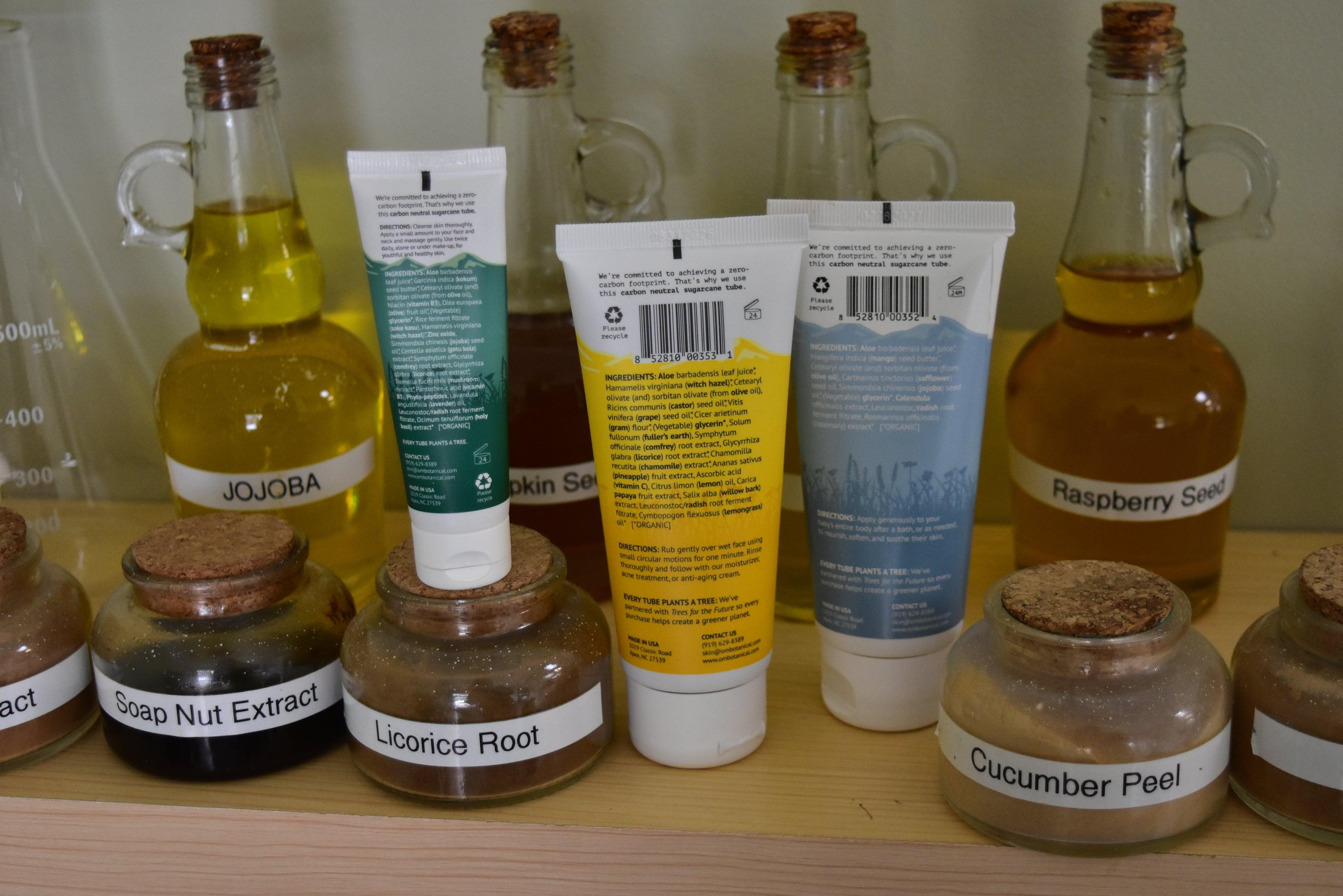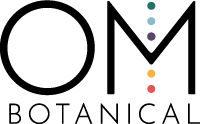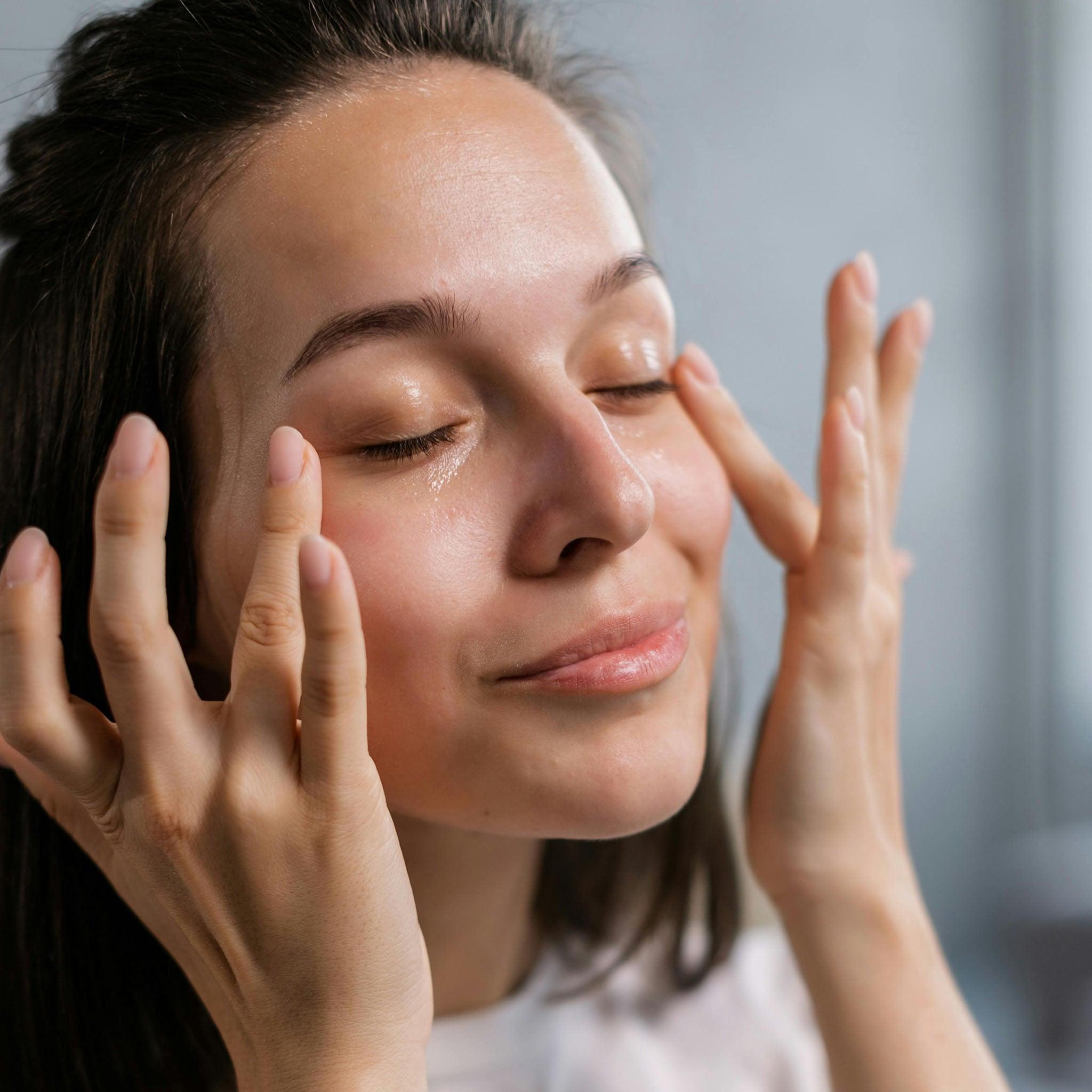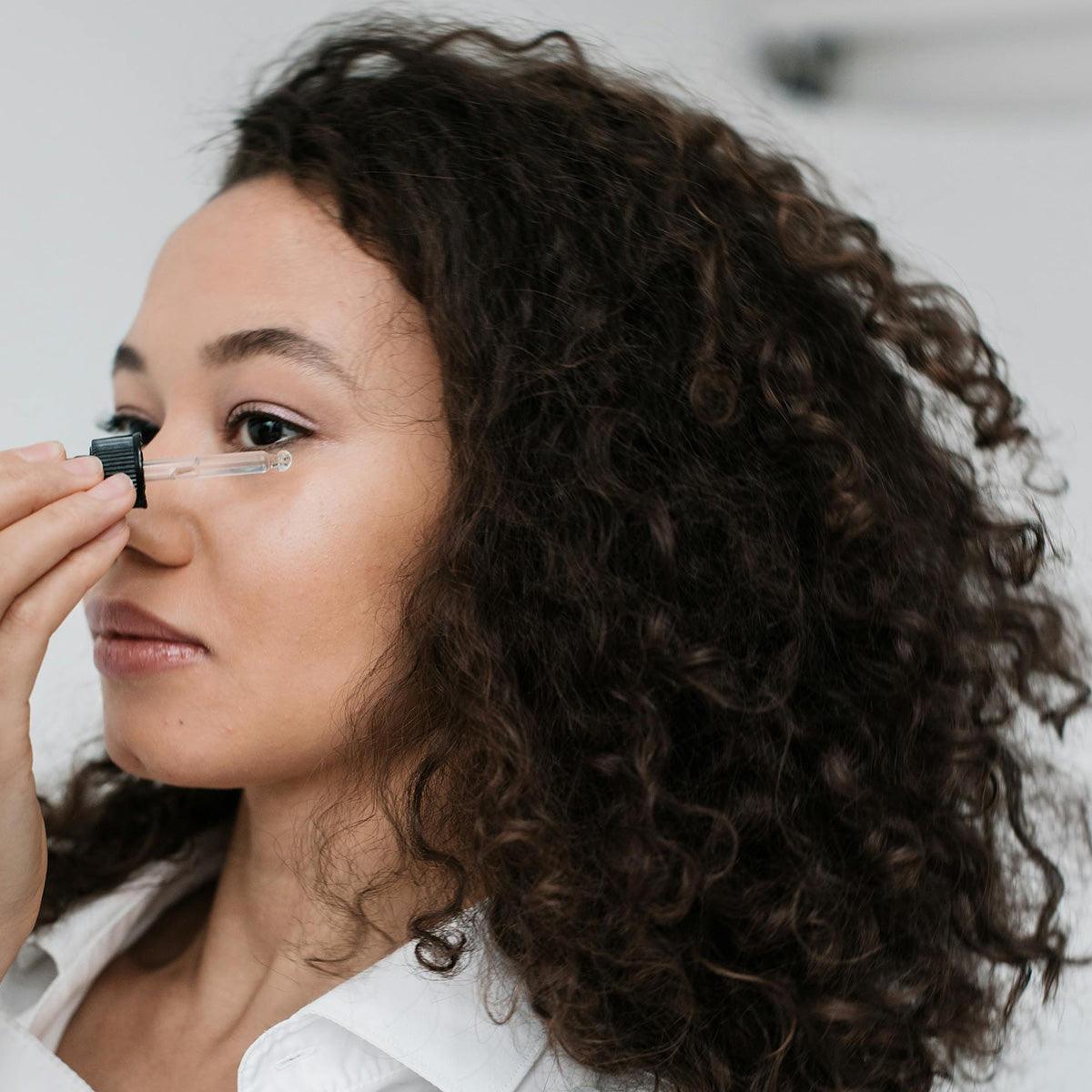
The Naked Truth: Why Ingredient Transparency in Skincare Matters
If you’ve ever tried deciphering a skincare ingredient list and felt like you needed a PhD in chemistry, you’re not alone. Words like methylisothiazolinone and polyquaternium-7 sound less like skincare and more like a villain’s evil plan in a sci-fi movie. Yet, for decades, these tongue-twisting chemicals have made their way into our everyday products, leaving consumers clueless about what they're slathering onto their skin.
But times are changing. Transparency in skincare is no longer just a trend; it’s a revolution. And at the forefront of this movement is OM Botanical, a high-performance plant-based skincare brand that doesn’t believe in playing hide-and-seek with ingredients. Let’s dive deep into why ingredient transparency matters, how to spot the good, the bad, and the greenwashed, and how OM Botanical is setting a gold standard for clean beauty.
Why Ingredient Transparency in Skincare is a Big Deal
1. Your Skin is Not a Hazmat Suit
Your skin, the largest organ of your body, absorbs a significant amount of what you apply to it. If you wouldn’t drink formaldehyde, why should you rub it into your pores? The scary reality is that most mainstream skincare products still contain harmful chemicals like parabens, sulfates, phthalates, and synthetic fragrances—ingredients linked to allergies, hormonal disruptions, and even cancer.
Brands that embrace ingredient transparency empower consumers to make informed choices, ensuring that what goes ON their skin isn’t slowly sabotaging their health. The current epidemic of endocrinal disorders affecting women in this country can at least be partly attributed to beauty products filled with toxic ingredients.
2. Greenwashing is a Dirty Game
Just because a product has the word “natural” or “organic” on the label doesn’t mean it’s actually clean. The beauty industry loves to sprinkle in a few botanical-sounding words to make a product seem safer than it actually is. This practice, known as greenwashing, misleads well-meaning consumers into thinking they’re making healthier choices. Spoiler alert: If you see “fragrance” or “parfum” on the label, there could be hundreds of undisclosed synthetic chemicals lurking in that one innocent-looking word. Always, check the entire ingredient list and not just the few select ingredients highlighted on the website or the product packaging.
Have you ever wondered why a skincare product claiming to be natural and organic is still white in color, when most plants and herbs are not white? A truly natural and organic skincare cannot be white.
3. Knowledge is Power (And Profit for Ethical Brands)
The rise of conscious consumerism means that more people are demanding full disclosure about what’s in their products. Brands that prioritize transparency are gaining loyal customers, while those still hiding behind vague labels are losing trust faster than a sketchy online date. People want to buy from companies that align with their values—businesses that care about both people and the planet.
How to Spot True Ingredient Transparency
1. Full Disclosure on Labels and Websites
The first rule of an honest skincare brand? No ingredient secrets. If a company refuses to disclose its full ingredient list or hides behind couple of highlighted ingredients, it’s a red flag bigger than the one you ignored before that bad haircut decision. And disclosure shouldn’t just stop at the tiny text on the outer packaging that most people discard —brands should also list full ingredients on their website so consumers can easily access this information before making a purchase, and on product jars/bottles.
2. Ingredient Names You Can Actually Pronounce
While not every natural ingredient has an easy-to-read name (looking at you, Butyrospermum Parkii—aka shea butter), a transparent brand will provide explanations. Ethical brands even list both the scientific name and the common name for clarity.
3. Ingredient Education
The best brands don’t just list ingredients; they educate their customers on why they use them. If a company has an ingredient glossary, blog posts, or detailed explanations on their website, that’s a sign they have nothing to hide.
OM Botanical: A Beacon of Ingredient Transparency in Skincare
1. 100% Plant-Based, Full Disclosure Formulas
OM Botanical is not just another brand jumping on the “clean beauty” bandwagon. They’ve been committed to 100% plant-based, non-toxic skincare since day one. Every single ingredient is clearly listed, with no sneaky hidden chemicals lurking in fine print. And they go beyond just labeling their products—they make sure their full ingredient lists are available on their website, so customers can research and verify before they buy.
2. Safe Enough to Eat! - No Synthetic Junk, Ever
No parabens, no sulfates, no artificial fragrances or petrochemicals—just pure botanical goodness. Unlike brands that claim to be “natural” but still sneak in questionable preservatives, OM Botanical sticks to ingredients that nourish and heal, rather than harm. Our belief: if the product is not safe enough to eat, it's also not safe to slather on your skin.
3. Transparency Beyond Ingredients
It’s not just about what’s in their products—it’s about how they’re made. OM Botanical is committed to ethical sourcing, sustainable packaging, and cruelty-free practices. Their dedication to both environmental and personal health is why they’ve built such a loyal following.
4. Skincare Education for Everyone
OM Botanical doesn’t just want to sell you products; they want to empower you with knowledge. Their website and social media are packed with science-backed insights on skincare ingredients, helping consumers cut through the marketing noise and make informed choices.
Common Ingredients to Avoid (And What OM Botanical Uses Instead)
|
Harmful Ingredient |
Why It’s Bad |
OM Botanical Alternative |
|
Parabens |
Linked to hormonal disruptions |
Natural plant-based preservatives |
|
Sulfates (SLS, SLES) |
Strips skin of natural oils, causes irritation |
Soap nut & coconut-based surfactants |
|
Synthetic Fragrances |
Contain thousands of undisclosed chemicals |
Essential oils & plant extracts |
|
Phthalates |
Associated with reproductive issues |
Zero phthalates—only natural stabilizers |
|
Formaldehyde |
A known carcinogen |
No formaldehyde, no exceptions |
The Future of Skincare: Demand Transparency
If there’s one takeaway from this, it’s that skincare should be as honest as your best friend after three margaritas—no lies, no secrets, just the raw truth. The shift towards ingredient transparency is growing stronger, and brands that refuse to adapt will soon find themselves left behind.
With companies like OM Botanical leading the way, consumers no longer have to choose between effectiveness and safety. Clean, ethical skincare is not a luxury—it’s a necessity. And as more people demand transparency, the industry will have no choice but to follow suit.
So, the next time you pick up a skincare product, flip it over. Read the ingredients. Ask questions. Check the brand’s website. And most importantly, support brands that tell you the whole story—not just the parts they want you to hear.
Because when it comes to your skin, you deserve nothing less than the truth. The whole truth.
























